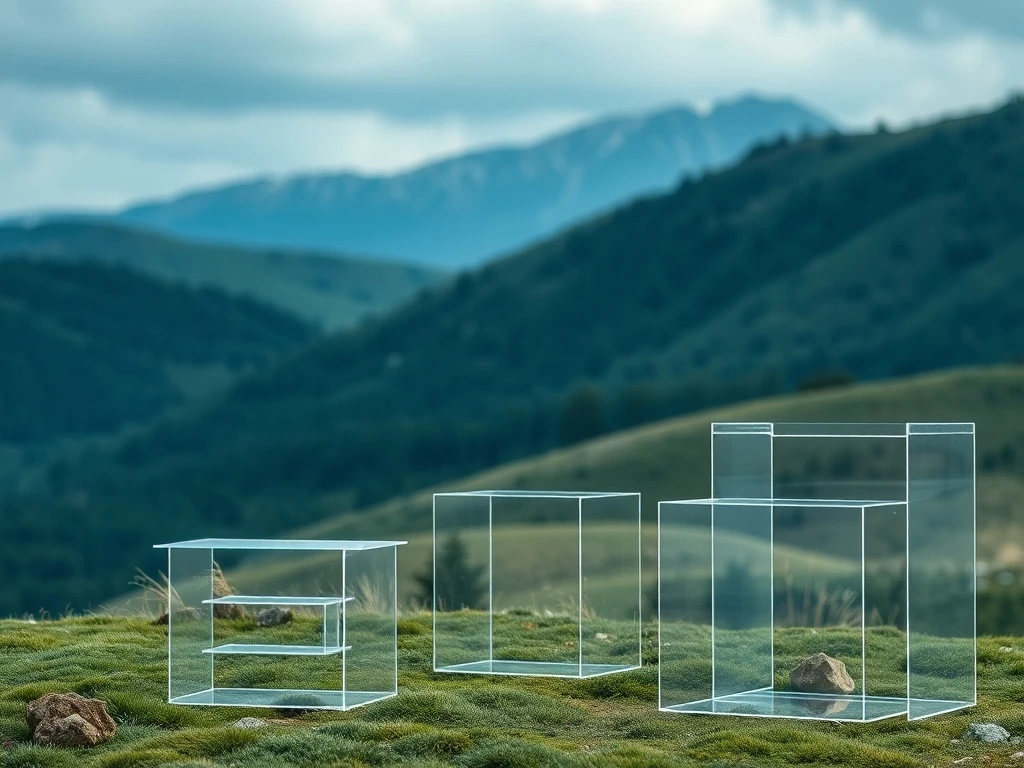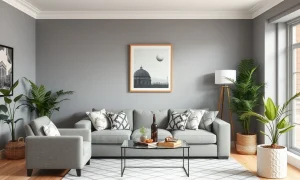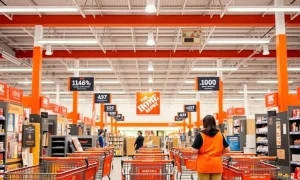Discover why acrylic sheets have become the preferred material for designers, architects, and DIY enthusiasts worldwide. These versatile plastic sheets offer exceptional clarity, durability, and workability that outperform traditional materials in countless applications.
Understanding Acrylic Sheets
Acrylic sheets, known scientifically as polymethyl methacrylate (PMMA), represent a transparent thermoplastic material. Manufacturers produce these sheets using two primary methods: casting and extrusion. Each technique yields materials with distinct characteristics suitable for different applications. These sheets demonstrate remarkable UV resistance and maintain structural integrity across extreme temperatures from -40°F to 180°F.
Cast vs Extruded Acrylic Sheets
Cast acrylic sheets undergo a meticulous manufacturing process where liquid acrylic pours between glass plates for curing. This method produces superior optical clarity and enhanced chemical resistance. Professionals prefer cast acrylic for its excellent machinability and minimal stress cracking during fabrication.
Extruded acrylic sheets form through a continuous process where heated material passes through rollers. This manufacturing approach creates more economical sheets with uniform thickness and good optical properties. However, extruded sheets show increased susceptibility to stress cracking during fabrication processes.
Key Properties of Acrylic Sheets
Acrylic sheets boast several outstanding characteristics:
- Optical clarity reaching 92% light transmission
- Impact resistance 10-17 times stronger than glass
- Lightweight construction at half the weight of glass
- Chemical resistance against common solvents and acids
- Thermal stability for reliable performance across temperatures
Industrial Applications of Acrylic Sheets
Manufacturing facilities extensively use acrylic sheets for machine guards and protective barriers. The material’s transparency allows visual monitoring while providing safety protection. Commercial architecture incorporates these sheets in skylights, curtain walls, and interior partitions. Retail environments utilize acrylic for display cases and point-of-purchase displays. Transportation industries benefit from acrylic’s impact resistance in aircraft windows and marine applications.
Creative DIY Projects with Acrylic Sheets
Home improvement enthusiasts find numerous applications for clear acrylic sheets. Kitchen backsplashes offer easy maintenance and modern aesthetics. Furniture projects include coffee table tops and floating shelves. Gardeners use acrylic sheets for greenhouse construction due to excellent UV resistance. Artists and photographers prefer acrylic for picture framing instead of traditional glass.
Read Also: Infrastructure Coatings: Essential for Unprecedented Durability and Public Safety
Signage and Display Applications
The signage industry relies heavily on acrylic sheets for both illuminated and non-illuminated signs. The material’s edge-lighting capability enables uniform LED illumination. Trade show displays benefit from acrylic’s lightweight nature and professional appearance. Retail displays maintain scratch-resistant surfaces with optimal optical clarity for long-term visual merchandising solutions.
Acrylic Sheets vs Competing Materials
Compared to polycarbonate, acrylic sheets provide better optical clarity and scratch resistance. However, polycarbonate offers superior impact resistance for extreme conditions. Against traditional glass, acrylic demonstrates clear safety advantages with fracture patterns that minimize dangerous shards. Glass maintains better scratch resistance but suffers from weight and fragility concerns.
Proper Maintenance and Care
Cleaning acrylic sheets requires soft cloths and mild soaps to prevent surface damage. Avoid abrasive materials and high-temperature water above 140°F. Protective films should remain during installation to prevent scratches. Regular inspections help identify stress indicators like crazing or discoloration. With proper care, acrylic sheets can last 10-30 years in various applications.
Purchasing Considerations
Industrial suppliers typically offer the best pricing for bulk acrylic sheet purchases. Standard sizes like 24″ x 48″ and 48″ x 96″ provide cost-effective solutions. Custom cutting services accommodate specific project requirements using saw or laser methods. Thicker sheets command higher prices due to increased material content and manufacturing time.
Frequently Asked Questions
What is the difference between cast and extruded acrylic sheets?
Cast acrylic offers superior optical clarity and chemical resistance, while extruded acrylic provides more economical production with uniform thickness. Cast acrylic machines more easily with less risk of stress cracking.
Can acrylic sheets be used outdoors?
Yes, acrylic sheets demonstrate excellent UV resistance and weather durability. They maintain optical and mechanical properties through temperature cycling and moisture exposure when properly installed.
How do you cut acrylic sheets without cracking?
Use fine-toothed blades for saw cutting and maintain steady, moderate pressure. For complex shapes, laser cutting provides clean edges without stress cracking concerns.
Are acrylic sheets safer than glass?
Absolutely. Acrylic sheets fracture into larger, less dangerous pieces compared to glass shards. Their impact resistance makes them significantly safer for applications where breakage risk exists.
How do you remove scratches from acrylic surfaces?
Minor scratches can be polished out using specialized acrylic polishing compounds. For deeper scratches, professional buffing and polishing services restore surface clarity effectively.
What thickness should I choose for DIY projects?
For most DIY applications, 1/8″ to 1/4″ thickness works well. Structural applications or heavy-use items may require 3/8″ or thicker material for adequate support and durability.








